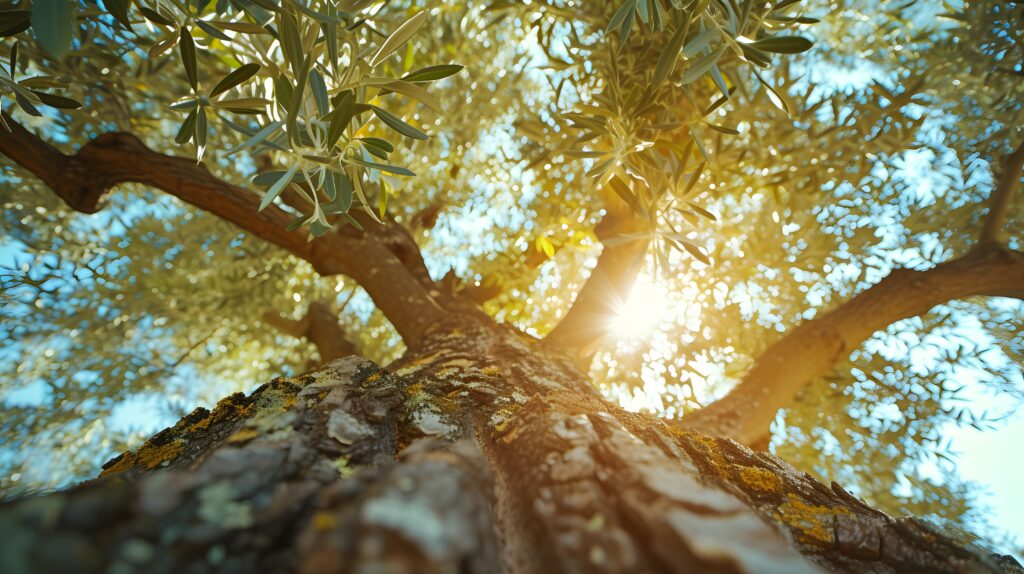
Farm
San Tommaso
Over 100 years of history
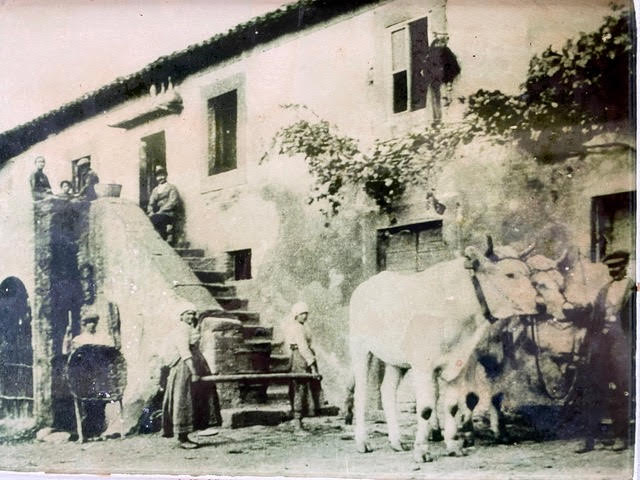
The San Tommaso farm was founded in the early 1900s when Corrado moved from a small nearby village to this Maremma hill with a farmhouse, 11 hectares of agricultural land with vineyards, olive groves and a few animals. His son Bruno and then his grandson Sergio were born here and dedicated themselves to the care and enhancement of this farm, passing down knowledge and good traditions. On these hills nature has not always repaid the sacrifices and passion, but despite the passing of the years and the arrival of advanced agricultural systems here the respect for the natural balance of these lands remains in the owner’s way of life.
More than 900 olive trees
The care of the olive trees and the small vineyard are now the main agricultural activity of the farm, in addition to alternating cereal or grass crops. Here we have about 900 olive trees and a small vineyard. The oil on these hills has been considered since ancient times for its nutritional values and the high presence of polyphenols so much so that it was used as a natural medicine. In addition, in order to obtain a quality of oil with a superior taste in the olive grove there are various types of olive trees such as Pendolino, Frantoio, Leccino, Muraiolo, Maurino.
Olive harvest
Choosing the right time to harvest is important. On average, harvesting begins in the first week of October when the olives are half ripe. After harvesting, they are taken to the mill to extract the oil as quickly as possible to maintain the fragrance and substances of the freshly picked fruit. After pressing the olives, conservation becomes the final but also the most important operation to ensure that the oil maintains its characteristics, which is why at San Tommaso the oil is stored at a constant temperature in steel containers. To avoid oxidation due to oxygen, the oil is vacuum-packed, thus guaranteeing the quality and taste of freshly made oil at any time of year. Book your holiday in October to share this experience directly.
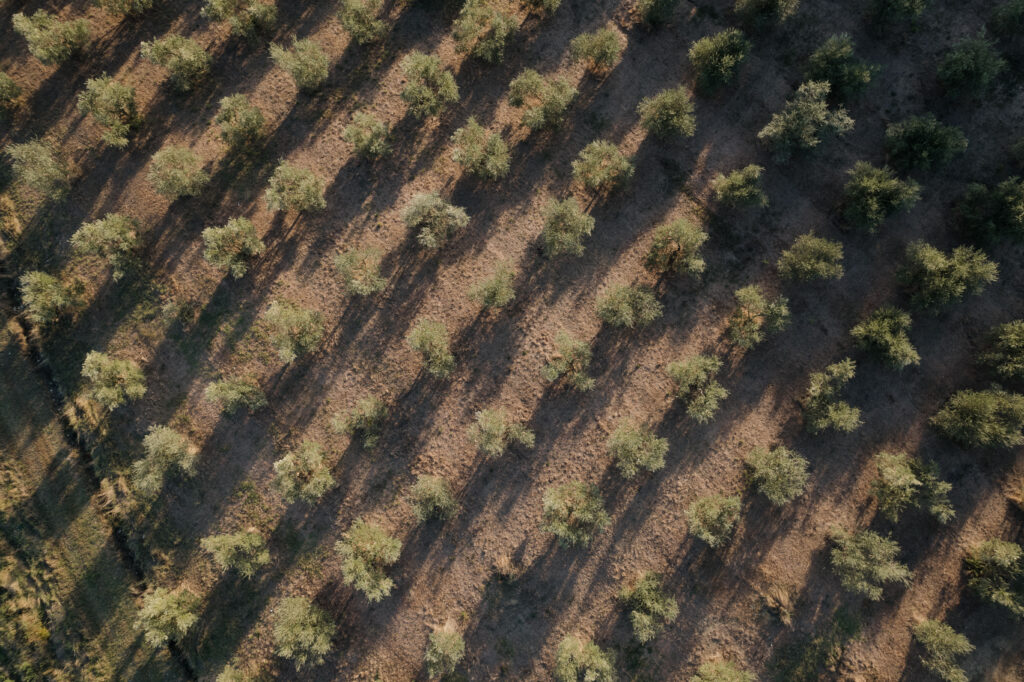
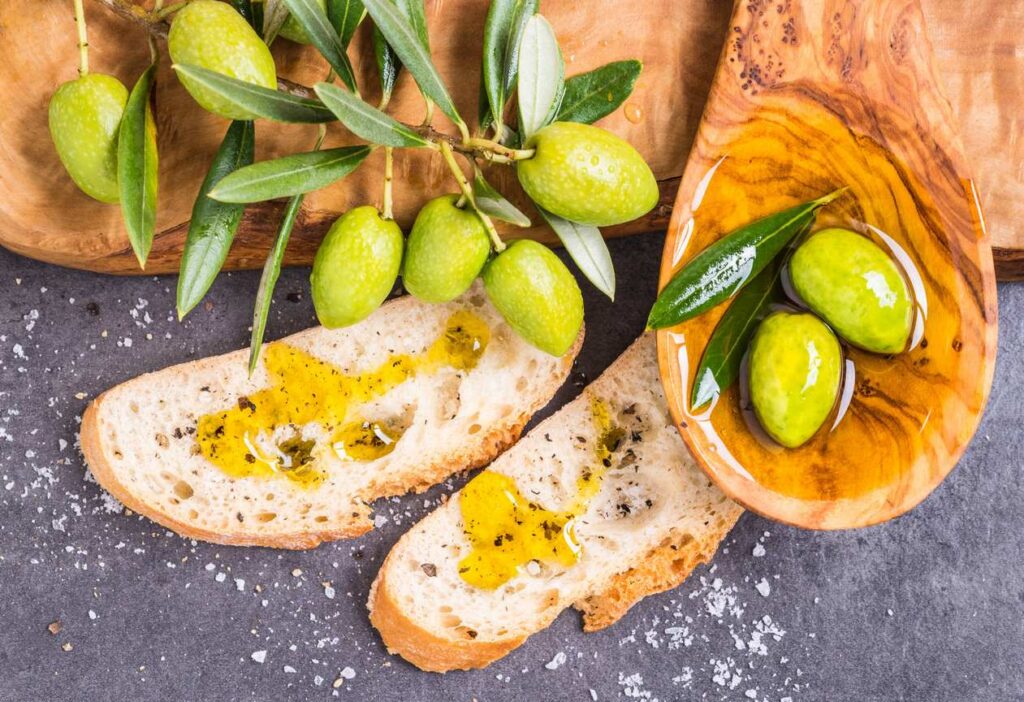
Degustation
In the Tuscan tradition, extra virgin olive oil is tested with the classic bruschetta: toasted bread, rubbed with garlic, salt and pepper. Pinzimonio is another way to taste olive oil, dipping fresh raw vegetables in a jar of oil with salt and pepper. All this is better if accompanied by a good glass of wine from the same land of San Tommaso. Book the snack with tasting in the field! Confirmation of the event will be given on the day of arrival based on the number of participants and the weather conditions.
San Tommaso Farm
Over 100 years of history

The San Tommaso farm was founded in the early 1900s when Corrado moved from a small nearby village to this Maremma hill with a farmhouse, 11 hectares of agricultural land with vineyards, olive groves and a few animals. His son Bruno and then his grandson Sergio were born here and dedicated themselves to the care and enhancement of this farm, passing down knowledge and good traditions. On these hills nature has not always repaid the sacrifices and passion, but despite the passing of the years and the arrival of advanced agricultural systems here the respect for the natural balance of these lands remains in the owner’s way of life.
More than 900 olive trees
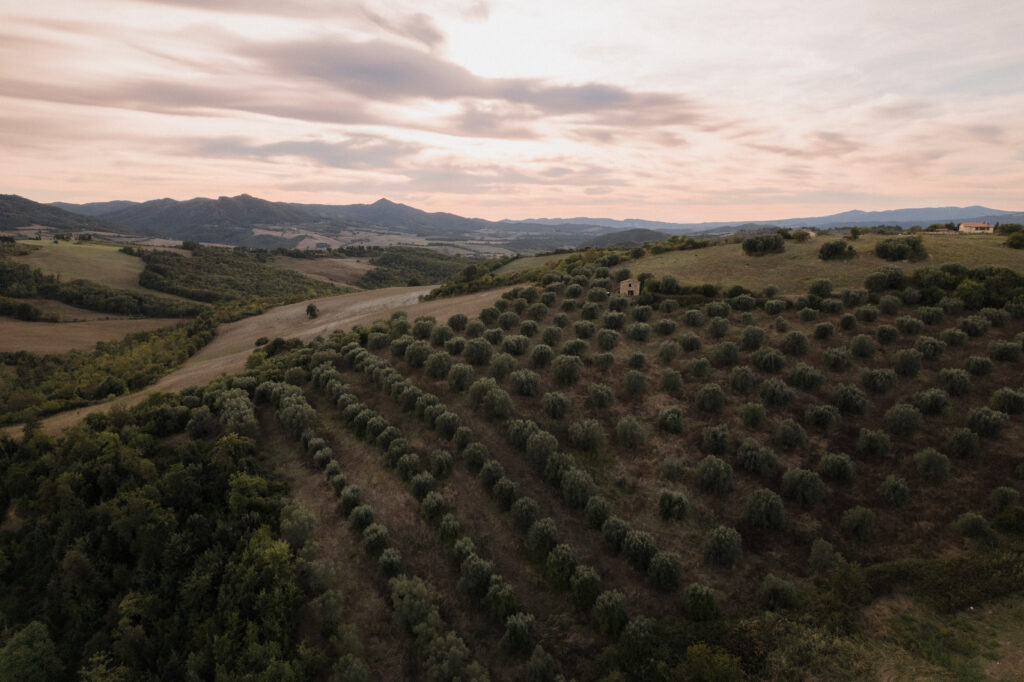
The care of the olive trees and the small vineyard are now the main agricultural activity of the farm, in addition to alternating cereal or grass crops. Here we have about 900 olive trees and a small vineyard. The oil on these hills has been considered since ancient times for its nutritional values and the high presence of polyphenols so much so that it was used as a natural medicine. In addition, in order to obtain a quality of oil with a superior taste in the olive grove there are various types of olive trees such as Pendolino, Frantoio, Leccino, Muraiolo, Maurino.
Olive harvest
Choosing the right time to harvest is important. On average, harvesting begins in the first week of October when the olives are half ripe. After harvesting, they are taken to the mill to extract the oil as quickly as possible to maintain the fragrance and substances of the freshly picked fruit. After pressing the olives, conservation becomes the final but also the most important operation to ensure that the oil maintains its characteristics, which is why at San Tommaso the oil is stored at a constant temperature in steel containers. To avoid oxidation due to oxygen, the oil is vacuum-packed, thus guaranteeing the quality and taste of freshly made oil at any time of year. Book your holiday in October to share this experience directly.
Degustation

In the Tuscan tradition, extra virgin olive oil is tested with the classic bruschetta: toasted bread, rubbed with garlic, salt and pepper. Pinzimonio is another way to taste olive oil, dipping fresh raw vegetables in a jar of oil with salt and pepper. All this is better if accompanied by a good glass of wine from the same land of San Tommaso. Book the snack with tasting in the field! Confirmation of the event will be given on the day of arrival based on the number of participants and the weather conditions.
